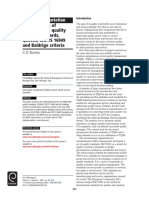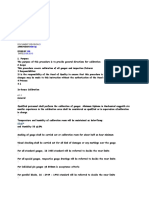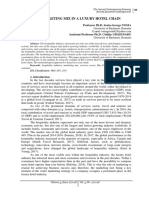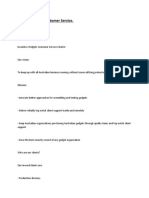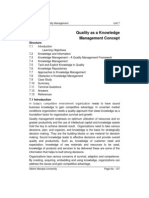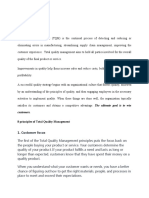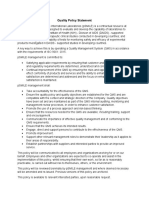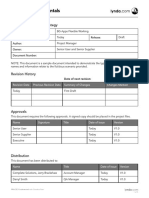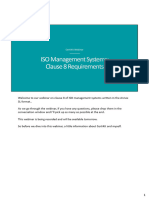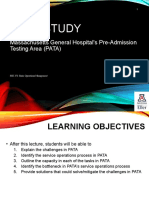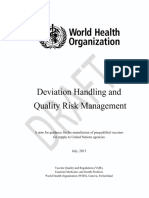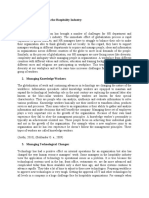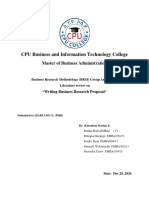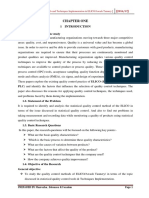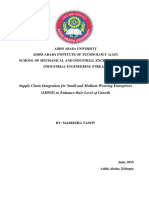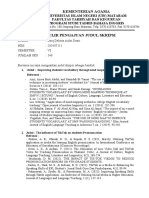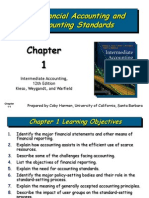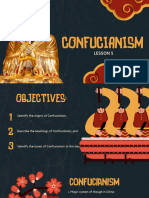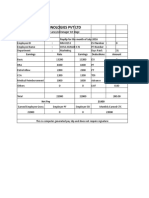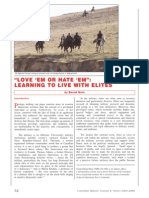0% found this document useful (0 votes)
140 views10 pagesQuality Guru Assignment 2 Revised
Deming made significant contributions to the development of total quality management (TQM). He emphasized that poor quality is usually caused by problems in company systems and processes, not individual employees. Some of Deming's key contributions included:
1) Developing the concept of statistical process control to monitor processes and reduce variation.
2) Proposing the famous "14 Points for Management" to guide companies in quality improvement. This included establishing constancy of purpose and cooperation with suppliers.
3) Introducing the Deming Cycle (Plan-Do-Check-Act) as a framework for continuous process improvement.
Deming's teachings helped spur Japan's post-WWII economic recovery and transformed quality management practices worldwide.
Uploaded by
Masresha TasewCopyright
© © All Rights Reserved
We take content rights seriously. If you suspect this is your content, claim it here.
Available Formats
Download as PDF, TXT or read online on Scribd
0% found this document useful (0 votes)
140 views10 pagesQuality Guru Assignment 2 Revised
Deming made significant contributions to the development of total quality management (TQM). He emphasized that poor quality is usually caused by problems in company systems and processes, not individual employees. Some of Deming's key contributions included:
1) Developing the concept of statistical process control to monitor processes and reduce variation.
2) Proposing the famous "14 Points for Management" to guide companies in quality improvement. This included establishing constancy of purpose and cooperation with suppliers.
3) Introducing the Deming Cycle (Plan-Do-Check-Act) as a framework for continuous process improvement.
Deming's teachings helped spur Japan's post-WWII economic recovery and transformed quality management practices worldwide.
Uploaded by
Masresha TasewCopyright
© © All Rights Reserved
We take content rights seriously. If you suspect this is your content, claim it here.
Available Formats
Download as PDF, TXT or read online on Scribd
/ 10




